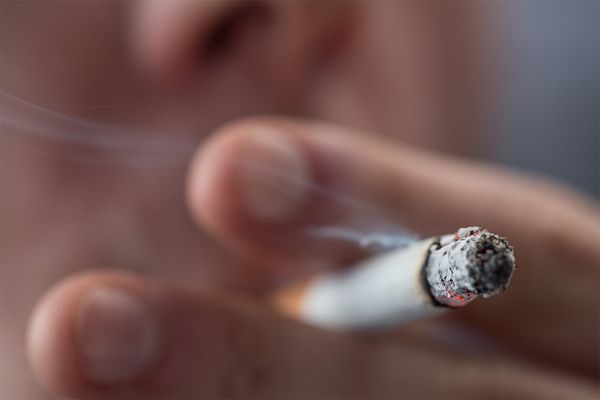Lung regeneration is usually very minimal. If you lungs are so badly damaged that they can no longer transfer adequate amounts of oxygen into your body, you may need to consider a lung transplant if no other treatment options have been effective. However, some lung regeneration does occur after you quit smoking. Chronic obstructive pulmonary disease (COPD) is a condition that arises from various forms of damage to the airways. Quitting smoking will not only stop further damage, but it will give the lungs a chance to heal themselves.
Emphysema is an irreversible condition, where the tiny air sacs in the lungs are destroyed. But air sacs that have only been partially damaged may be able to stabilize themselves and recover if you stop smoking. In addition, after you quit smoking, the cilia in your throat and upper airways can grow back and start to function again. Cilia are tiny cells that assist with clearing mucous from the airways and help you to breathe properly. Lung regeneration after smoking usually occurs from one month after quitting until about nine months after quitting.
Advertisement
In recent years, there has been a lot of research into growing lungs artificially. However, the complex nature of the lungs - its 23 generations of branching and millions of tiny air sacs - make it a very complex organ to recreate. In the meantime, lung transplants remain the last resort, but they are a very complex procedure, with high rates of rejection and infection. Only 10 to 20 percent of patients survive a lung transplant after 10 years, so lung regeneration technology is much needed. At the end of the day, the best thing is to quit smoking and keep your lungs healthy!

